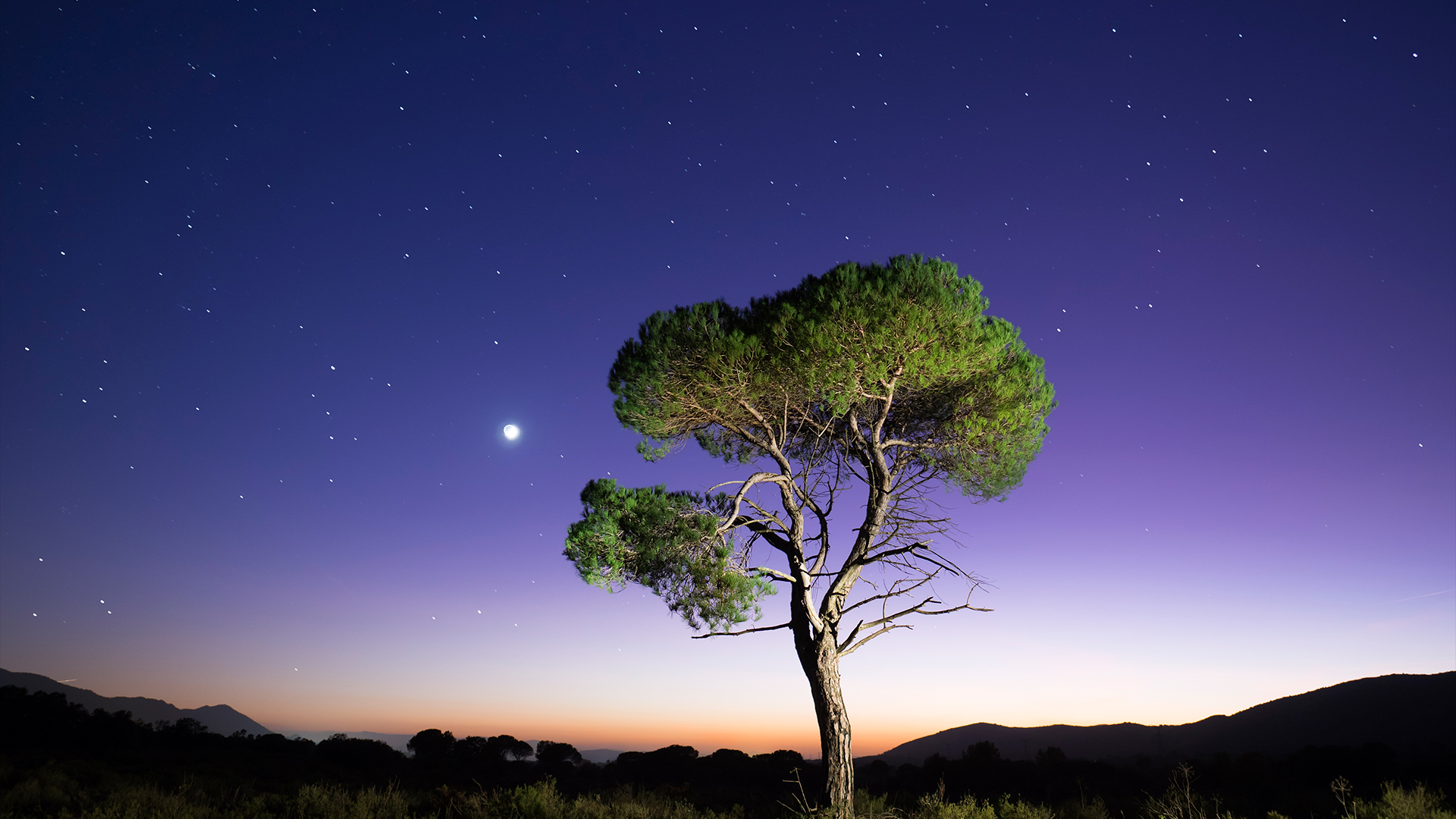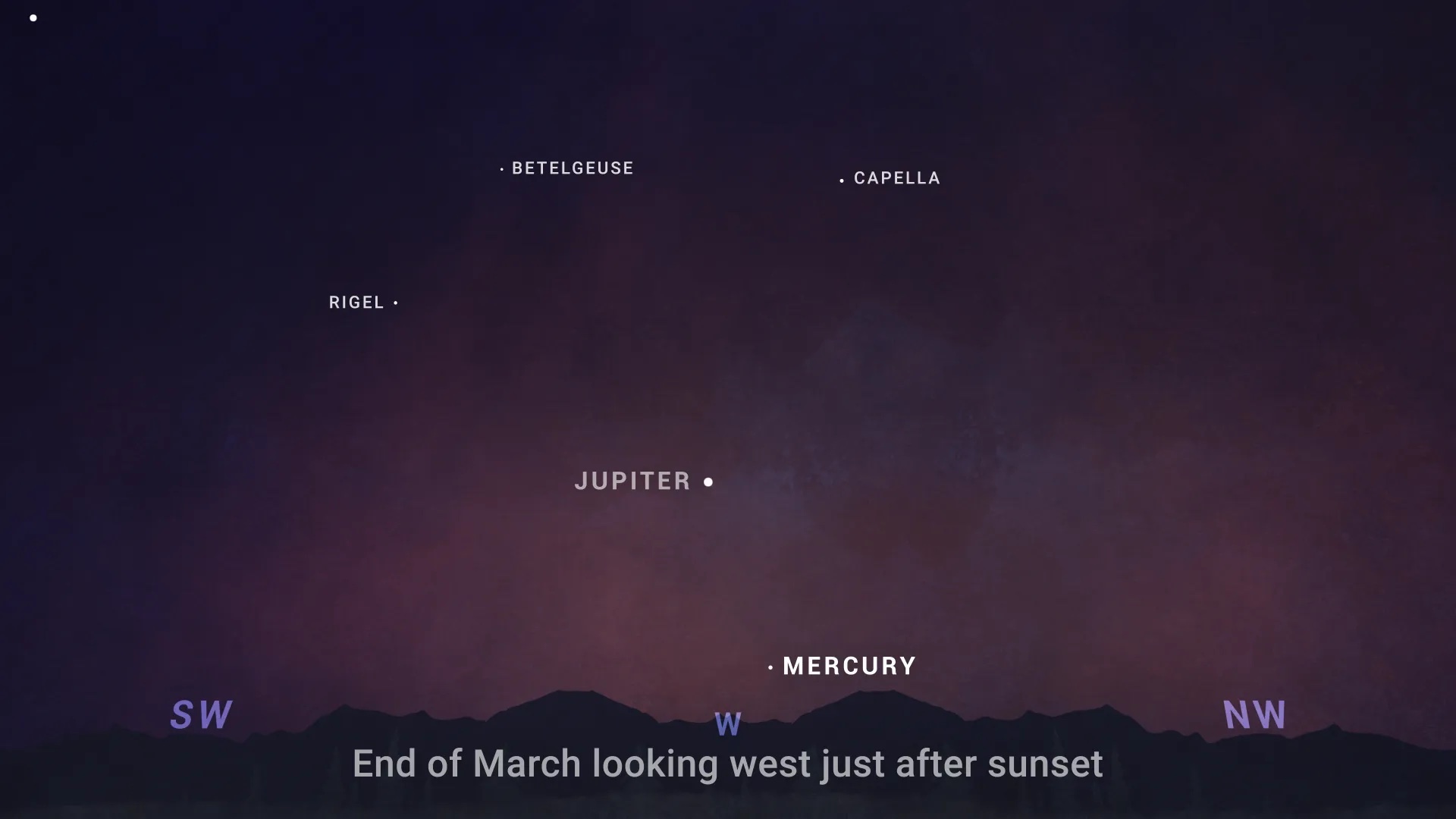Spring equinox 2024: Why March 19 is one of the best stargazing nights of the year
The 2024 spring equinox is one of the best stargazing nights of the year, giving viewers the last, best glimpse of the bright stars of winter. Here's what to look for.

The 2024 spring equinox is almost here. The night of Tuesday, March 19 marks astronomical spring in the Northern Hemisphere and astronomical autumn in the Southern Hemisphere.
It's a global moment. The word "equinox" is Latin for "equal night," one of two days per year when the lengths of daylight and darkness are the same across the globe.
That means that, north of the equator, the spring equinox is the best opportunity to stargaze for some time. After that, nights in the Northern Hemisphere will shorten until the summer solstice on Thursday, June 20, when they'll get too short for all but late-night astronomy. The farther north you are, the shorter night will be. Nights won't be as long as they are on March 19 until the autumn equinox on Sept. 22.
Related: The 10 best stargazing events of 2024
Regardless of this shrinking window for stargazing, the night sky on March 19 will be filled with some of the year's most spectacular sights that will soon disappear. If you get outside as soon as the sun sets, you may see the dim planet Mercury close to the western horizon. However, you should hurry, because it will sink during dusk. Above it will be Jupiter, the brightest planet on show, which will soon leave the evening sky.
For now, the giant planet acts as the perfect marker for one of the night sky's most beautiful sights. Just above Jupiter is the Pleiades open cluster, also called the Seven Sisters. This cluster of young, blue stars has an intense brightness and looks spectacular in any pair of binoculars. (If you still need a pair, these are our favorite stargazing binoculars for beginners and veterans alike.)
Facing slightly to the southwest on the equinox, you'll see the unmistakable three stars that make up Orion's Belt, one of the most famous sights in the Northern Hemisphere's winter and spring night sky. Those three stars — Alnitak, Alnilam and Mintaka — have two bright stars, both above (Bellatrix and Betelgeuse) and below (Saiph and Rigel) them. If you find these stars, you will have seen most of the constellation Orion. Return to those three belt stars, follow them toward the southeast, and you will come across a very bright star. That's Sirius, the brightest star in the night sky and one of the closest, at just 8.6 light-years from our solar system.
Get the world’s most fascinating discoveries delivered straight to your inbox.
Stargazing on the spring equinox is all about saying goodbye to the famous, bright stars of winter. If you look to the east, however, you can also see the stars of the new season rising. First, find the moon, which will be shining brightly above the southeastern horizon. Look underneath, and you will see Regulus, the brightest star in the constellation Leo. Spot it just after dark, and you'll know the spring equinox has arrived.

Jamie Carter is a freelance journalist and regular Live Science contributor based in Cardiff, U.K. He is the author of A Stargazing Program For Beginners and lectures on astronomy and the natural world. Jamie regularly writes for Space.com, TechRadar.com, Forbes Science, BBC Wildlife magazine and Scientific American, and many others. He edits WhenIsTheNextEclipse.com.



